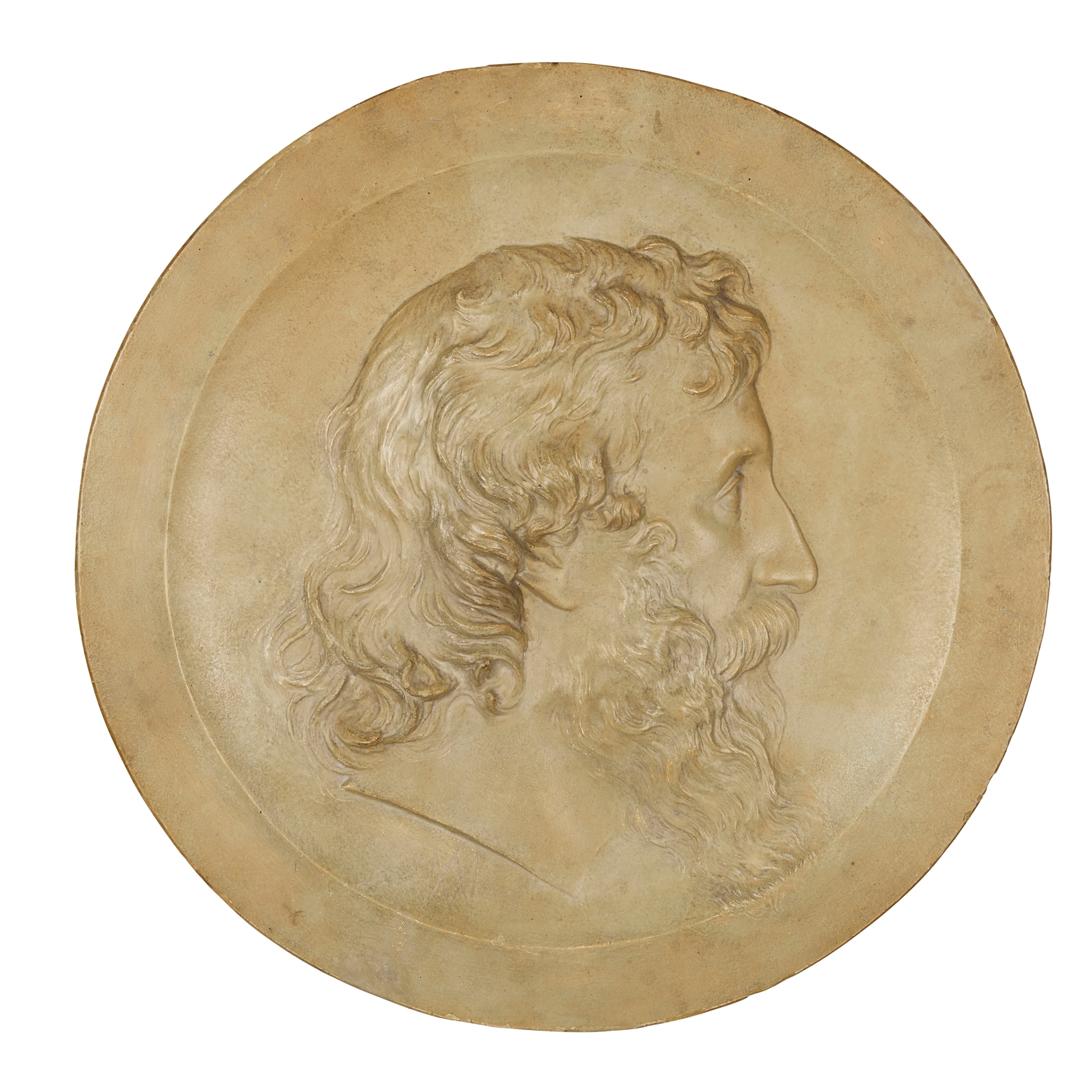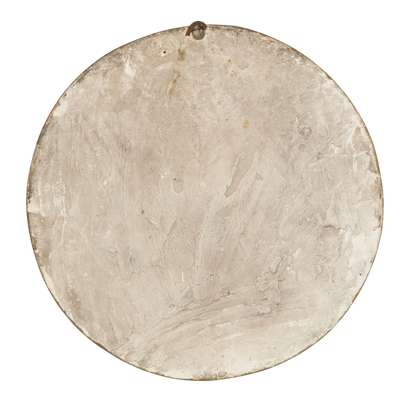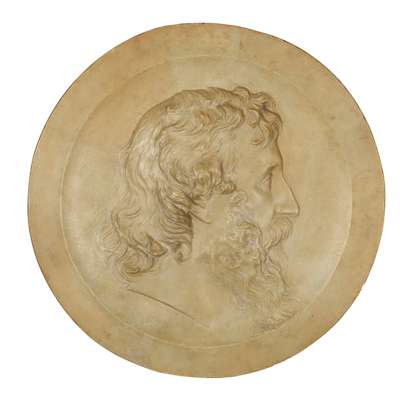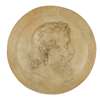
Lot 295

ALEXANDER MUNRO (1825–1871)
RELIEF ROUNDEL OF GEORGE MACDONALD, CIRCA 1860






Auction: Day One inc Contents from a London Apartment | Lots 197 to 333 | Wednesday 15th October
Description
patinated plaster, signed with artist's monogram AM
Dimensions
50.5cm diameter
Footnote
Alexander Munro (1825–1871), a distinguished Scottish sculptor of the Victorian era, holds a significant place within the Pre-Raphaelite movement. Born in Inverness, the son of a stonemason, Munro displayed artistic talent from an early age. His abilities were recognized and fostered by the Duchess of Sutherland, his father’s employer, who provided financial assistance and facilitated his introduction to the architect Charles Barry. Through Barry’s patronage, Munro was placed under the guidance of John Thomas and travelled to London to contribute to the sculptural decoration of the newly constructed Houses of Parliament. He subsequently enrolled at the Royal Academy Schools, where he formed lasting friendships with Dante Gabriel Rossetti and John Everett Millais, two founding members of the Pre-Raphaelite Brotherhood, who profoundly shaped Munro’s artistic outlook and practice. Despite his early death in 1871, his body of work played a notable role in shaping mid-nineteenth-century British sculpture. Between 1849 and 1870,he exhibited regularly at the Royal Academy and also participated in the Great Exhibition of 1851. His most celebrated work, Paolo and Francesca (1851–1852),is frequently cited as the archetypal example of Pre-Raphaelite sculpture.
George MacDonald (1824–1905) was a Scottish novelist, poet, and writer of Christian allegories, best remembered for his influential fairy tales. Munro frequented the MacDonald’s home ‘Tudor Lodge’ near Regent’s Park in Camden after they met in Hastings August 1859. Initially a Congregational minister, he later pursued a career as a freelance preacher, lecturer, and professional writer. His works for adults include Phantastes: A Faerie Romance for Men and Women (1858) and Lilith (1895), while his most enduring children’s works are The Princess and the Goblin (1872) and its sequel, The Princess and Curdie (1883).





